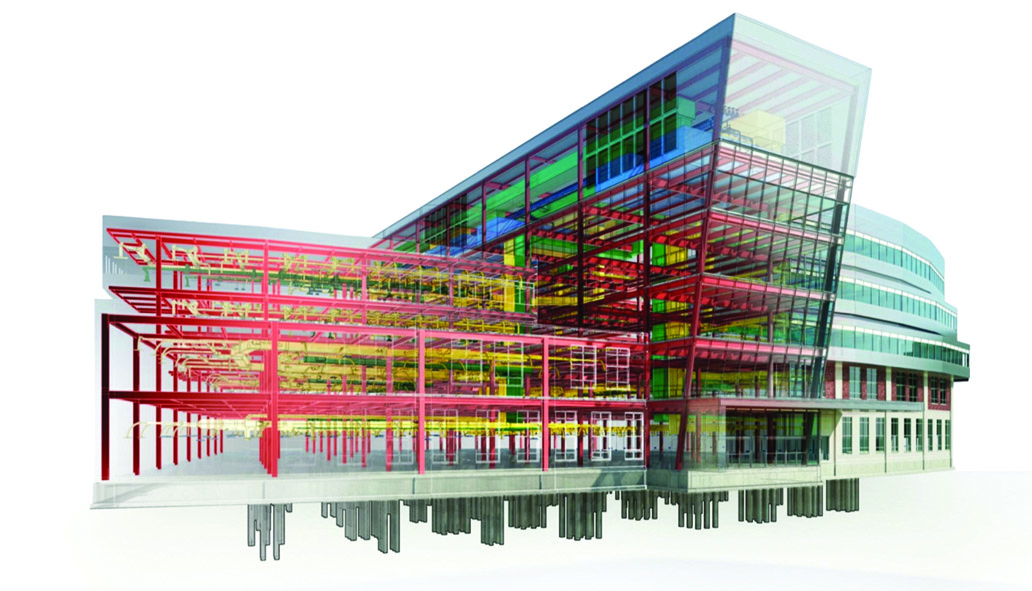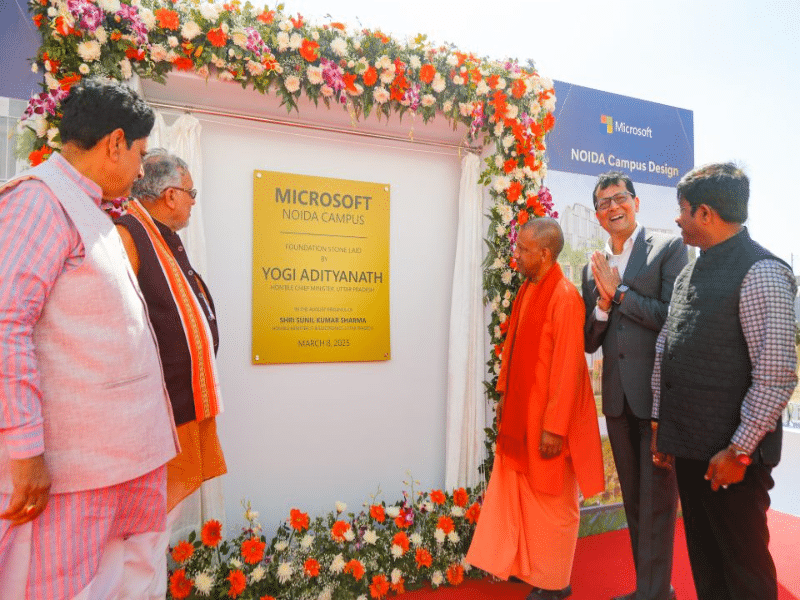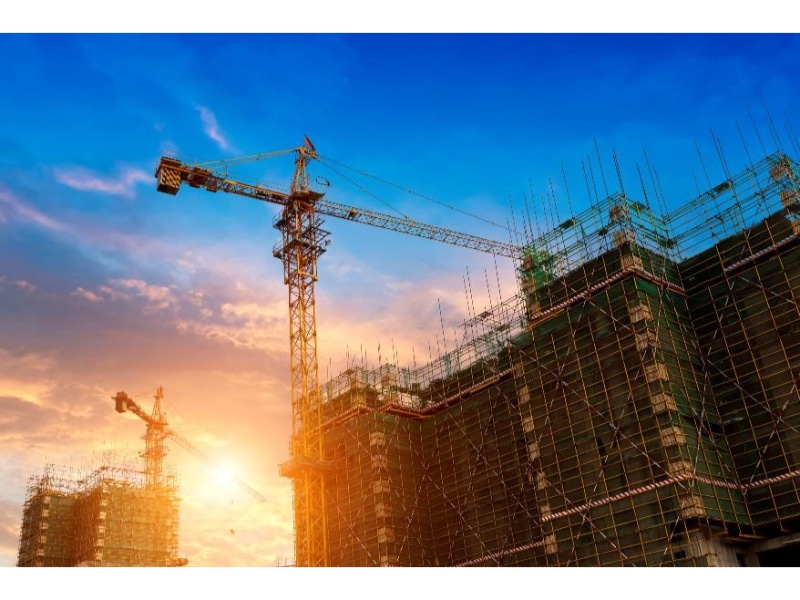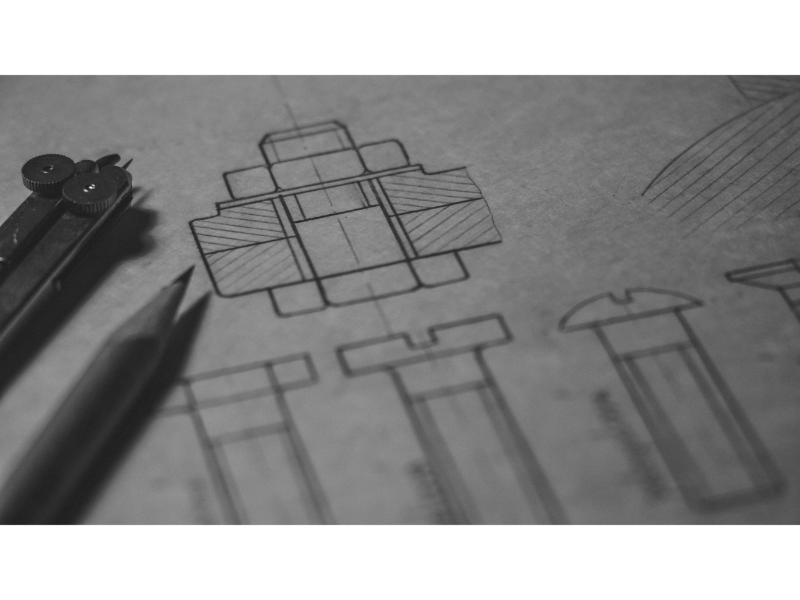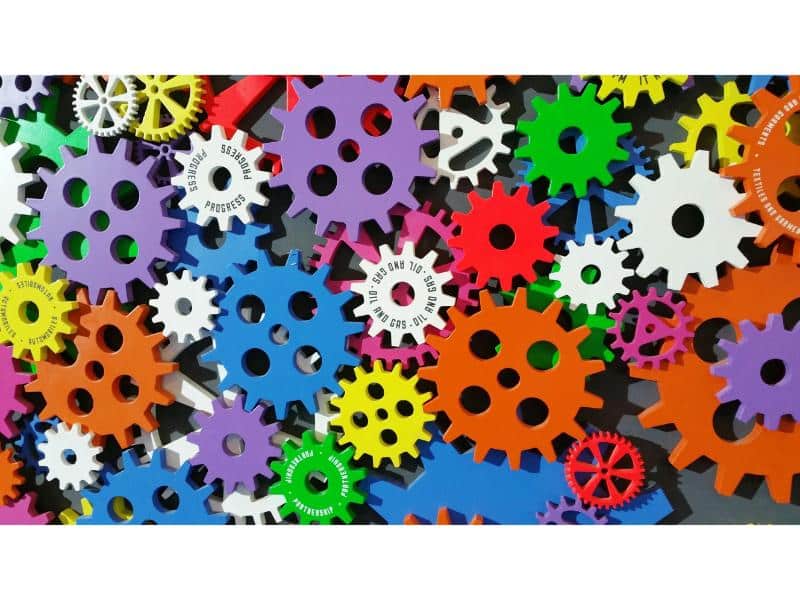What are some of the uses of robots on construction sites?
Construction robots can be easily used for site comparison, progress updates, and real-time information gathering across projects. They also improve accessibility for all sites, as they are highly durable and aren’t restricted by frequent maintenance issues. This means that firms can gain comprehensive access to the most challenging sites within seconds.
Construction robotics solutions allow for comprehensive data record handling and storage management, giving managers dedicated databases for visual insights. Site information can be securely stored for safety assessments, compliance testing, and auditing across project stages.
While manhours may be restricted to specific schedules, remote-controlled site robots can be deployed at any time. These robots can capture visual information faster and without the assistance of ground teams, making them a potential preliminary tool for site inspection and safety. What traditionally would have taken weeks for teams to process, robots can perform within days.
Can the robots be customized to suit various projects?
Yes, robots can be customized to suit any project. The leading construction robotics solutions are agile and highly mobile by design. Innovative construction robots can reach any section within a site layout, no matter how complicated, providing rich and high-quality visual data through intelligent mapping cameras. Synchronizing them with a construction management platform provides a complete monitoring and site safety solution to firms, no matter the type of project.
Can you provide background on your partnership with Boston Dynamics?
Zepth’s partnership with Boston Dynamics’ Spot enables project teams to automate routine inspection tasks and capture data safely and with greater precision. The collaboration combines the data collection capabilities of Spot with Zepth’s cutting-edge intelligent technology, allowing users to draw powerful insights from captured data to enhance efficiency, productivity, and collaboration throughout each phase of a project lifecycle.
Spot’s autonomous, terrain-agnostic capabilities support the dynamic nature of the construction site and enable a standardized, precise data collection process. The project team is able to map a defined route for Spot to repeatedly capture consistent data. The robot is able to traverse rough terrain and adapt to changing weather conditions. After Spot captures the project data, Zepth transforms it into deeper insights about the project and provides data-driven insights in real-time.
Additionally, Spot enables the creation of a “digital twin,” or a reconstruction of the as-built state of the building, using 3D laser scanning. By comparing the as-built reality with the as-planned execution in BIM, the project team can identify discrepancies early on and take corresponding corrective actions. Early detection of discrepancies provides for a detailed analysis of historical modeling data and adds a layer of information to support further decision-making processes.
Project delays are not uncommon. How can cost escalations be kept in check in spite of the delays?
The smallest mistakes with a construction project budget can result in massive headaches, delay in schedule, and overpaying on materials. Luckily, these missteps can be avoided with project and budget management technology like Zepth. There are a few other things construction leaders should keep in mind:
*Inaccurate estimates: A large proportion of budgeting mistakes occur during the estimation phase when managers fail to define schedules and budgets accurately. The best way to avoid the situation is by resisting the temptation to low-ball bids.
*Lack of communication with the client: Verbal agreements are the worst way to handle projects that can have long-term repercussions and unnecessary escalation. Defining a thorough scope of work in the agreement also goes a long way in preventing mismatched expectations.
*Design flaws: Flawed designs are far riskier than the other mistakes because they not only cause budgeting concerns but also delay projects.
*Not accounting for unexpected events: Unexpected events such as scope creep and change orders are among the most common causes of budget overruns. Having a plan for addressing such contingencies is the key to handling them effectively.
What are some of the trends in the construction industry that will lead to efficiency and faster completions?
Technology is set to radically transform construction practices and processes in 2022 through the adoption of automation and data analytics. The leading technological innovations, such as AI, robotics, VR, 3D printing, and cloud-based platforms are delivering greater productivity, output, and profitability for developers worldwide.
2022 is a critical year for construction firms as they align their resources, teams, and processes towards better connectivity and near real-time tracking. Not only is this important for collaboration, but with an increased push to work from anywhere in the world, technology will ensure the best and the brightest are working on projects, no matter their location. For an even higher level of collaboration, firms are also implementing offline and online integration platforms, enabling 24/7 access to project data, site visuals, remote chat features, and budgeting tools.



